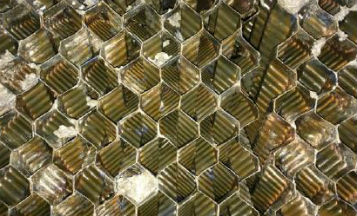What is microbiological fouling?
Microbiological fouling in cooling systems is the result of abundant growth of algae, fungi, and bacteria on surfaces. Once-through and open or closed recirculating water systems may support microbial growth, but fouling problems usually develop more quality and are more extensive in open reticulating systems.
Once-through cooling water streams generally contain relatively low levels of the nutrients essential for microbial growth, so growth is relatively slow. Open recirculating systems scrub microbes from the air and, through evaporation, concentrate nutrients present in makeup water. As a result, microbe growth is more rapid. Process leaks may contribute further to the nutrient load of the cooling water. Reuse of wastewater for cooling adds nutrients and also contributes large amounts of microbes to the cooling system.
In addition to the availability of organic and inorganic nutrients, factors such as temperature, normal pH control range, and continuous aeration of the cooling water contribute to an environment that is ideal for microbial growth. Sunlight necessary for growth of algae may also be present. As a result, large, varied microbial populations may develop.
The outcome of uncontrolled microbial growth on surfaces is "slime" formation. Slimes typically are aggregates of biological and nonbiological materials. The biological component, known as the biofilm, consists of microbial cells and their by-products. The predominant by-product, extracellular polymeric substance (EPS), is a mixture of hydrated polymers. These polymers form a gel-like network around the cells and appear to aid attachment to surfaces. The nonbiological components can be organic or inorganic debris from many sources which have become adsorbed to or embedded in the biofilm polymer.
Slimes can form throughout once-through and recirculating systems and may be seen or felt where accessible. In nonexposed areas, slimes can be manifested by decreased heat transfer efficiency or reduced water flow. Wood-destroying organisms may penetrate the timbers of the cooling tower, digesting the wood and causing collapse of the structure. Microbial activity under deposits or within slimes can accelerate corrosion rates and even perforate heat exchanger surfaces.

